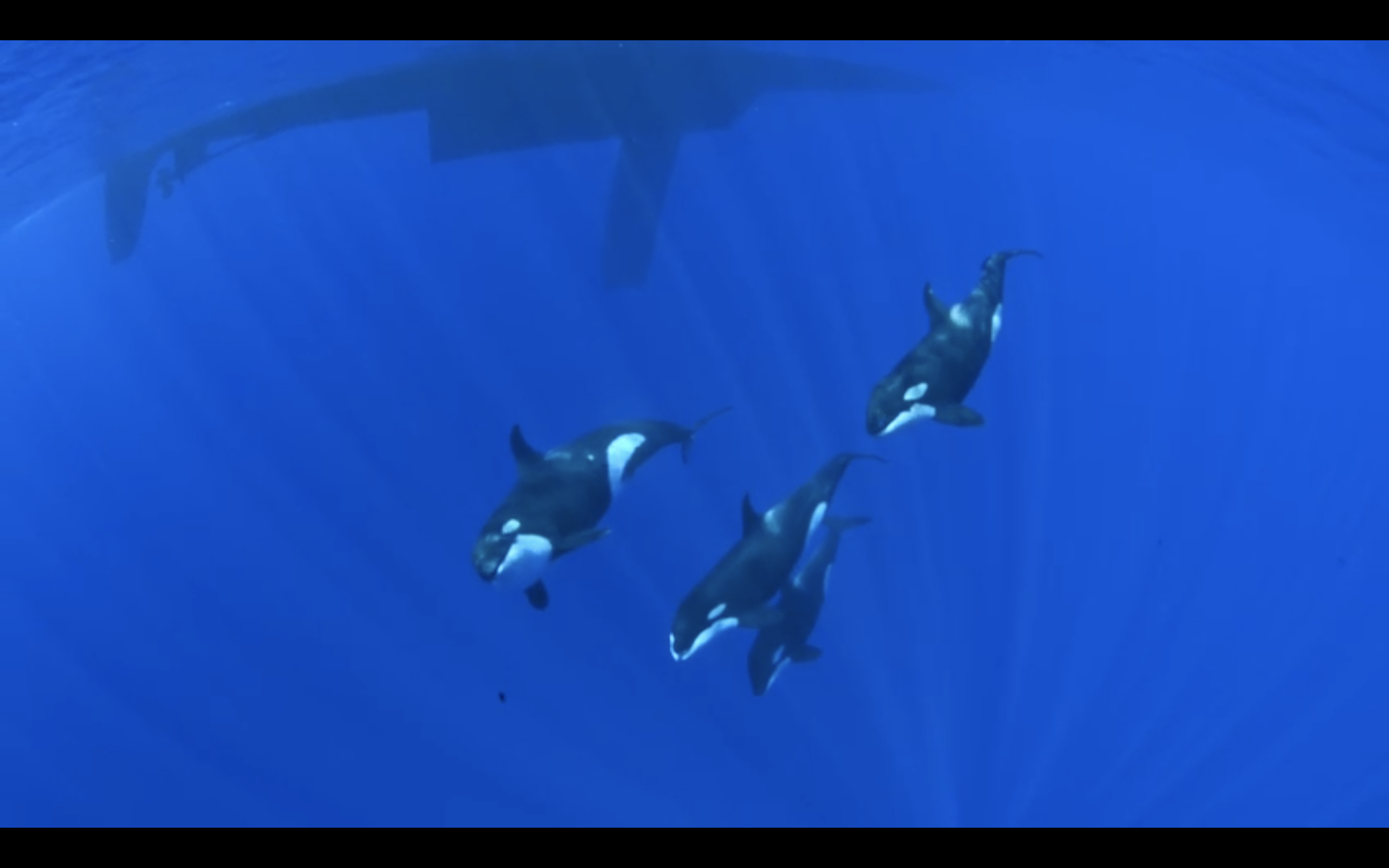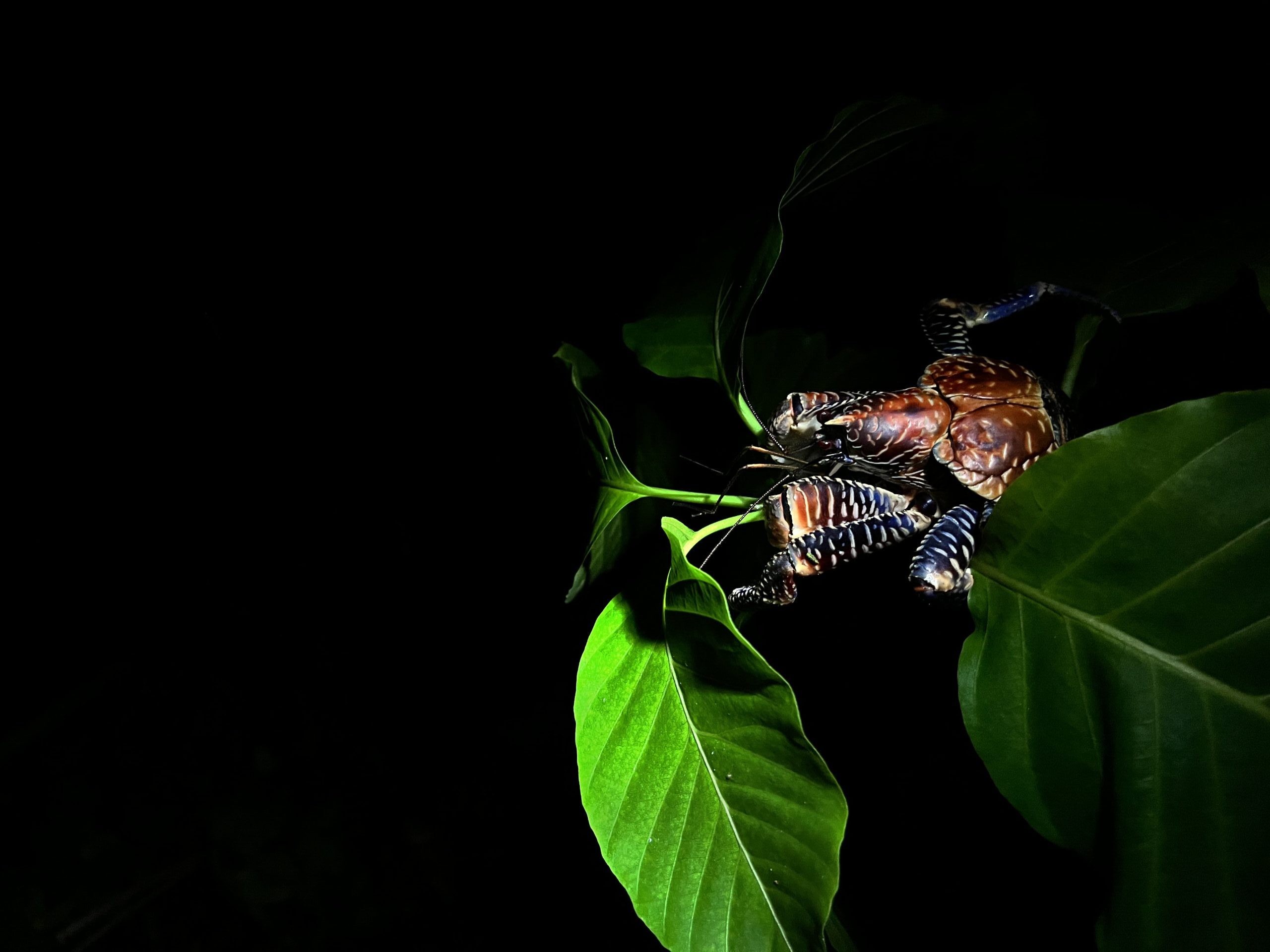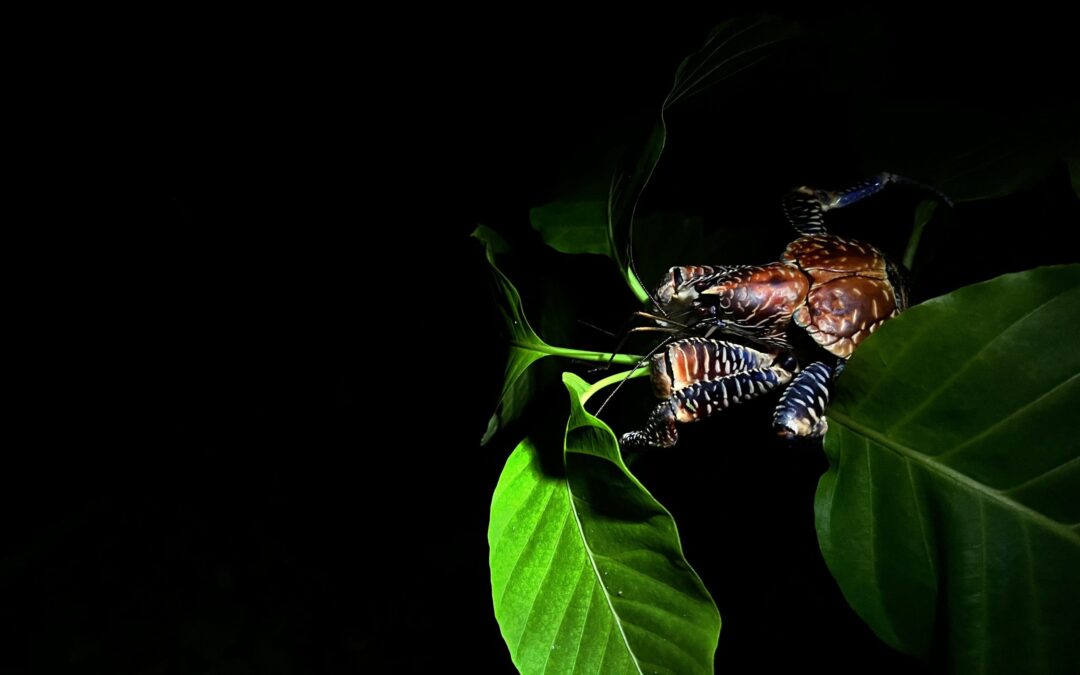
French Polynesia, Part III – Last days in the Tuamotus
We end our trip in the Tuamotus, excited for the path ahead, and yet aware of the uniqueness of this side of the world. A future nostalgia will accompany us every time we remember the experiences lived here on board Seahawk.
We’ve spent the last few days exploring new atolls and visiting previous ones in the Palliser group, northwest of the Tuamotus.
We finished our science trip back in Rangiroa, where we also conducted crew changeovers and provisions. In the days that followed, crew and guests from Seahawk got trained as PADI Rescue Divers by Righardt, the diver instructor on board.
Also, we made use of the windier days that followed by doing some Tiwal Regattas and land excursions to the local vineyard. As it turns out, Rangiroa is the only atoll in the world where wine is produced. With vines growing in limestone and coral soils, the wine produced in the region is a unique one.
It was interesting to learn about the history of the vineyard and the particular challenges it faced since the first grape variety was imported to French Polynesia in 1992. Years of research to find the best area ended up with the creation of Vin de Tahiti in this atoll. On our visit we did some wine tasting and, delighted by some of the flavors (especially the rosé nacarat), we bought some wines for Seahawk’s collection.
The final Tuamotus cruising aimed to complete our visit to all the atolls that Seahawk could fit into. Some of the pass entrances started to get quite tight; in Tikehau, the pass had an indicated charted depth of 3.6m, but Seahawk needs 4.5m to float. Calculating pass entrance time is a complex task. Normal astronomical tides are only part of it, and swell height affects the amount of water passing over the rim of the atoll, as does wind direction. Getting this right for Tikehau was vital and very much comes down to the experience of the local guide. Our entry was successful, using the tender to mark the shallowest point for us to follow, with around 0.3m below us.
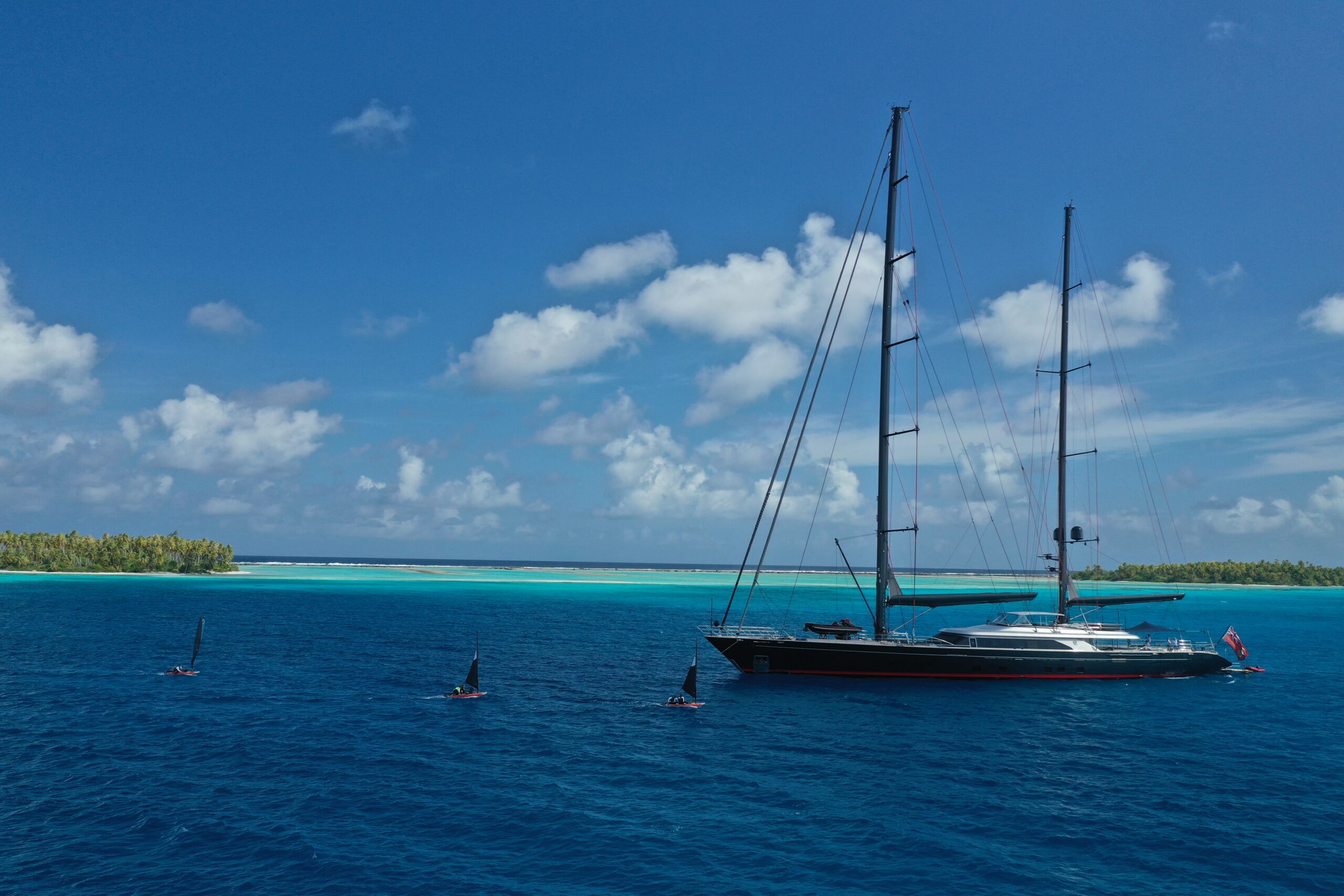
On another note, the diving has been excellent. A clear highlight was the manta cleaning station we came across on a dive in Toau, where 6 mantas could be found relaxing, and even showing curiosity and approaching us several times. But this is just one of many sightings one could encounter while on this side of the world, along with the large amounts of fish and incredibly rich biodiversity.
The thriving underwater world of the Tuamotus serves as an example of what healthy reefs can look like if taken care of. Facing their own share of environmental challenges, these areas are critical for the stability of many species. A realization that keeps Seahawk focused on its mission to support scientific research that will aid in the protection and conservation of these fundamental marine hotspots.
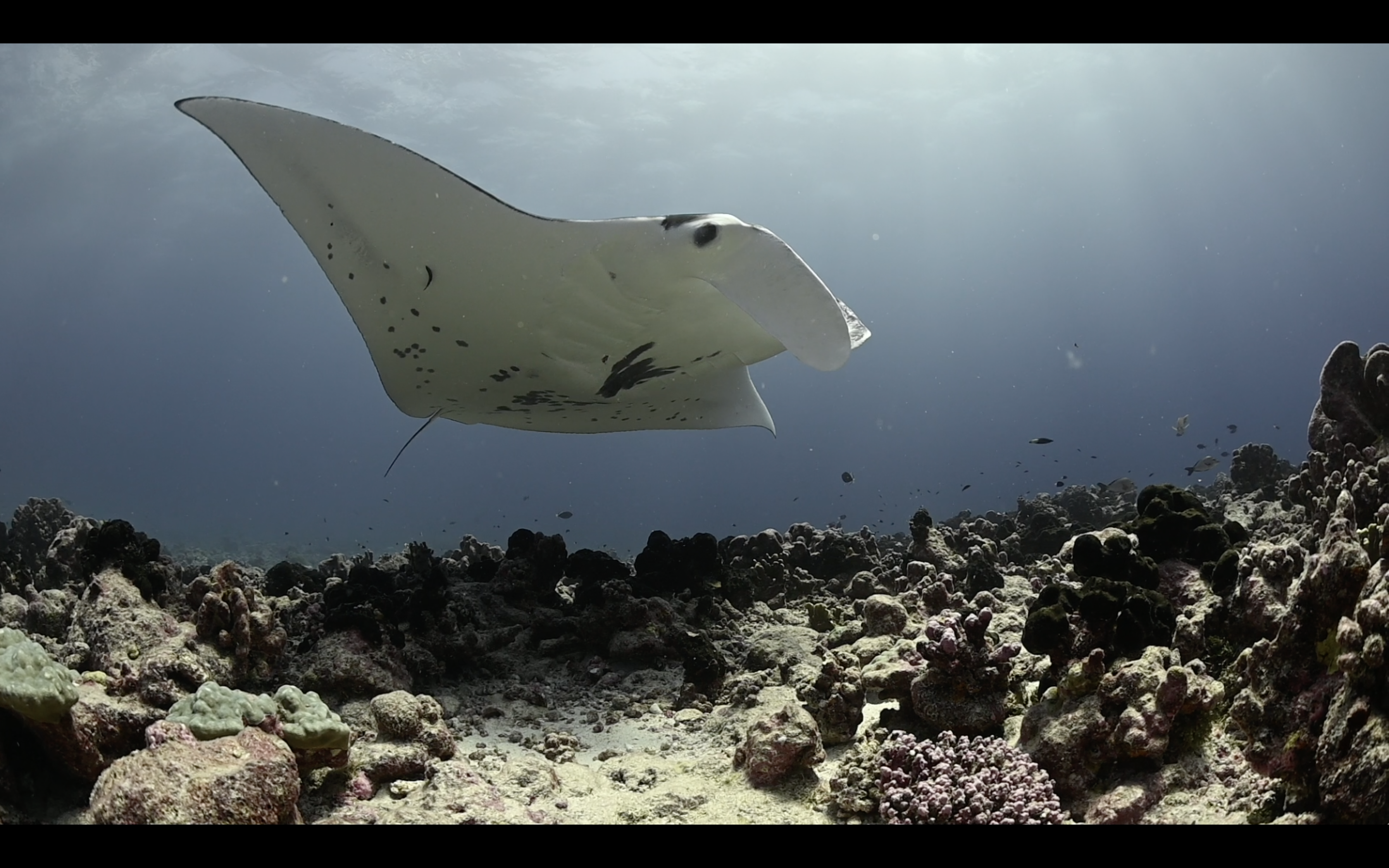
Also in Toau, we went on a mission to find the bizarre coconut crabs; these crabs are known to be the largest terrestrial arthropods on earth, weighing up to 4kg in some cases. Practically extinct in areas with a human population (they have been a food source for many pacific islanders over the years), they can still be found in remote places across the Indian and Pacific Ocean.
With Rodolphe being a professional coconut crab whisperer (among his many other occupations), one night he lead us on an expedition to find these creatures, as they are nocturnal feeders. We followed along with some flashlights and ready to investigate this mystic animal with a taste for ripe fruit and a pair of tweezers one wouldn’t want to get in between. Our mission was successful, and we found several of them that night climbing coconut trees and foraging for some food.
On a more extreme side, in the atoll of Apataki, we had some fun dives with currents hitting 4 knots while dragging us towards the lagoon. What made these dives particularly thrilling was the amount of grey reef sharks in the canyon as we drifted through.
But, without a doubt, it’s the final marine encounter as we were heading back to Tahiti that leaves us with a good memory of our time in the Archipelago.
As shared in their ongoing newsletter, the owners of Seahawk couldn’t have said it better:
“So ends our exploration of the Tuamotu Islands (for now). An amazing six weeks of science and discovery. Many firsts for us including the rare witnessing of a family of Orcas late during the passage to Tahiti. The experience reminds me that dreams realized begin by having dreams and embracing them. In many ways, this is what the “Mighty Hawk” adventure is all about.”

